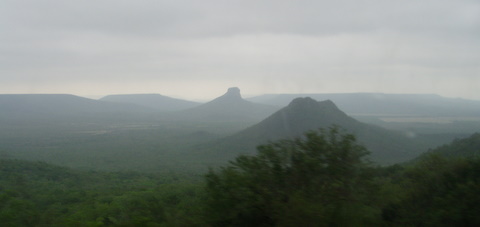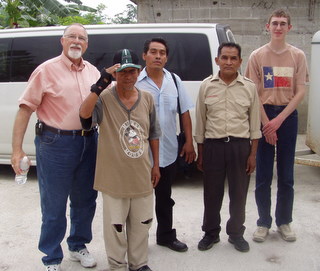 Sometimes when my Grandpa talks about the Spanish-speaking people in Texas, he says they “talk Mexican.” While this is “incorrect” usage (they speak the same language in Spain, you know), if you go to Mexico you’ll find that they do use the term mexicano to refer to a language–Nahuatl, to be precise.
Sometimes when my Grandpa talks about the Spanish-speaking people in Texas, he says they “talk Mexican.” While this is “incorrect” usage (they speak the same language in Spain, you know), if you go to Mexico you’ll find that they do use the term mexicano to refer to a language–Nahuatl, to be precise.
Nahuatl is the most widely-spoken indigenous tongue in Mexico, and is the native language of the Aztec people who once had a wide-stretching empire and a glorious capital city (Tenochtitlán) where Mexico City now stands. When reading histories of the conquest of Mexico by the Spanish conquistadores, you often get the impression that after the Aztecs were conquered, they just disappeared. However, this is far from the truth. This people is still alive and well, and although they have abandoned many of their traditions, their language still lives on and is in no danger of extinction.
Although Nahuatl is often treated as a single language, it has many variations and dialects in different regions, not to mention Classical Nahuatl which was spoken in ancient times. There are quite a few resources for Nahuatl to be found on the internet (although most are in Spanish), but nevertheless I have found nothing for the particular dialect that I encountered, Western Huasteca Nahuatl. Thus, I hope that the following words and phrases will be useful to anyone who may be going to the Huasteca and wants to be at least a bit knowledgeable of the native dialect. Read More
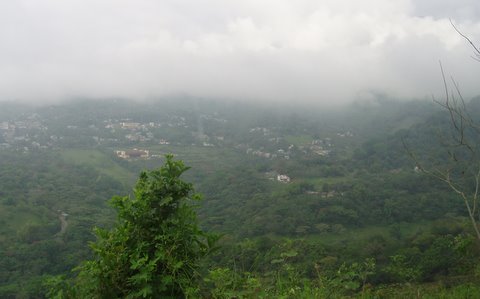
 “No Destruya las Señales,” that is, “Don’t Destroy the Signs.”
“No Destruya las Señales,” that is, “Don’t Destroy the Signs.”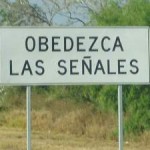 “Obedezca las Señales,” which means “Obey the Signs.”
“Obedezca las Señales,” which means “Obey the Signs.”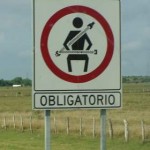 Yes, you have to wear your seatbelt, even in Mexico! (In fact I would recommend it, seeing how some people drive down there.)
Yes, you have to wear your seatbelt, even in Mexico! (In fact I would recommend it, seeing how some people drive down there.)